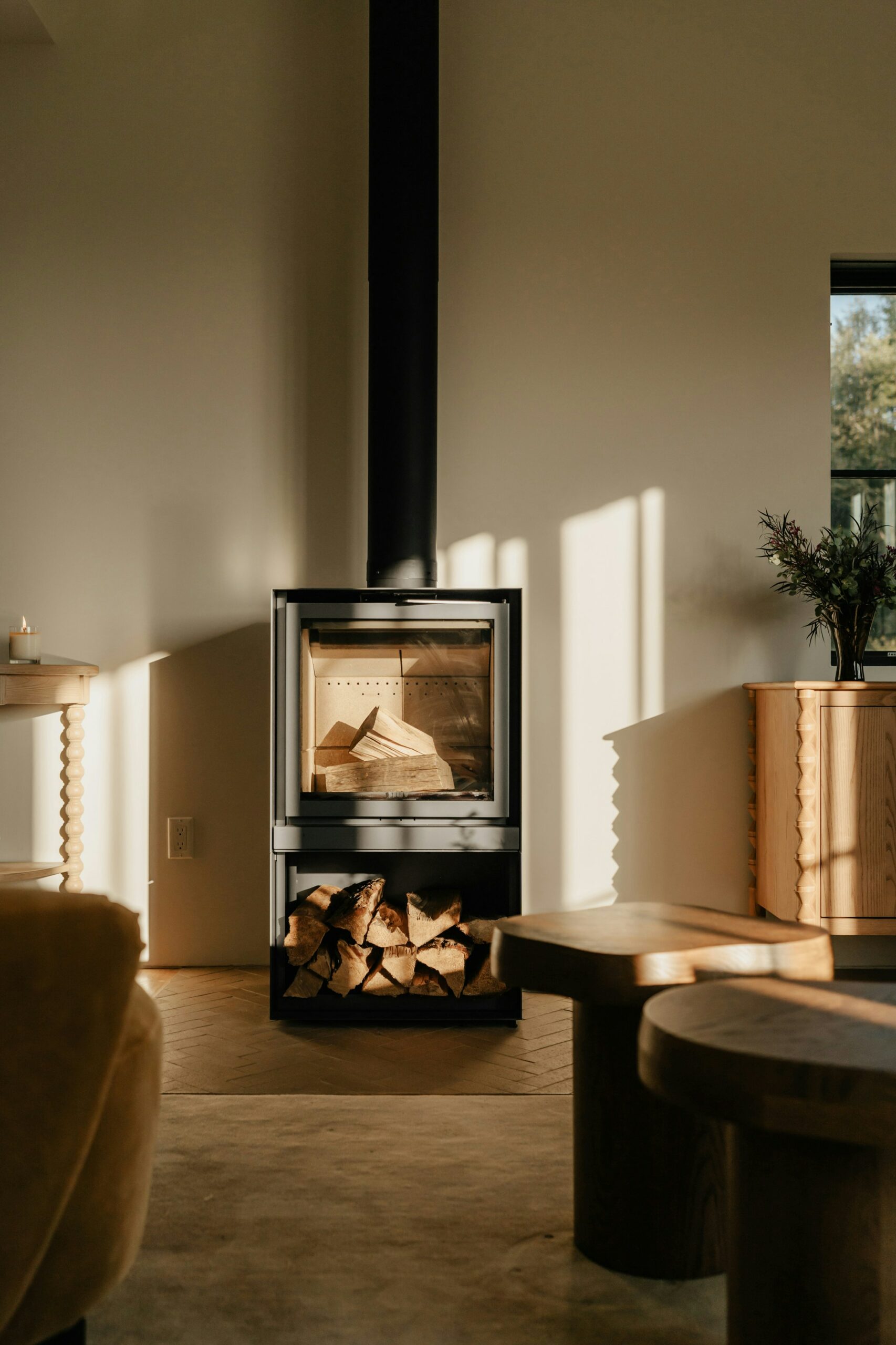When it comes to high-performance materials, glass-ceramic stands out. Whether you’re cooking pasta on your hob, watching the flames in your wood burner or working with technology in the medical field or military, ceramic glass plays an essential yet often overlooked role.
But what is glass-ceramic, and what makes it so versatile? With the best qualities of glass and ceramic combined, this material boasts remarkable heat resistance, durability, and a range of customisable properties that make it indispensable.
What is glass-ceramic?
Glass-ceramic, also referred to as ceramic glass and neo-ceramic glass, is a material most commonly known for its resistance to extremely high temperatures. Despite the use of ‘glass’ in its name, this material is actually considered ceramic in its composition but with glass-like traits.
Ceramic glass is made by applying a regulated heat treatment to certain glasses until they crystalise, which results in fine crystals throughout the leftover material. This produces a crystalline material similar to ceramic, which is less brittle than glass.
Let’s get technical. Neo-ceramic glass, with ‘neo’ referring to the material’s advanced performance, boasts traits of both glass and ceramic. This combination and the varying percentages of the material’s crystallinity (usually between 30% and 90%) give some pretty diverse properties. These can be changed by adjusting the treatment process and base glass composition. Some of the properties of ceramic glass include strength, opacity or transparency, toughness, pigmentation, high temperate stability, and even fluorescence.
When it comes down to it, glass-ceramic is valued for having the strength and resilience of ceramic but the sealed hermetic trait of glass. Hermetic means that no gas, air or liquid can pass through, which is true of glass but not ceramic – this trait helps make glass-ceramic what it is and why it is so popular in many uses.
What is glass-ceramic used for?
As there are so many varieties of neo-ceramic glass, the material is used in a wide range of applications and industries. Electronics, military and medical are just some of those areas, but you may know glass-ceramic in uses closer to home.
Bakeware, cooker tops and wood burner doors are common examples of ceramic glass in action. The type used is composed to withstand high temperatures, making it perfect for cooking on and in and keeping your log or coal fire roaring safely behind glass. Chances are, the hob in your kitchen is made of glass-ceramic.
How to clean glass-ceramic
Cleaning ceramic glass is very easy with the right products. If you’re cleaning the glass-ceramic in your woodburner or on your hob, it’s essential to let it cool before cleaning so you don’t burn yourself. Next, use a stove glass or hob cleaning solution or a mild detergent and wipe it off with a soft cloth.
For tough stains like baked-on grease or burnt liquids, leave the cleaning solution on the surface and cover it with some clingfilm for at least half an hour. Then, remove the film and either wipe it off or safely use a non-scratch hob blade to remove the most resistant stains. As with all cleaning products and tools, ensure you read and follow the directions properly to avoid damage and keep them out of reach of children and pets.
Where to get glass-ceramic
For bespoke heat-resistant neo-ceramic glass in Norwich, turn to the professionals here at Norwich Glass.
Our expert team of glaziers can cut to size the glass you need, whether for a hob splashback, cooker top, wood burner or kiln. We stock glass-ceramic in 4mm thickness in our warehouse and can even cut your glass for you while you wait. Give us a call on 01603 431409 and let’s get started.
